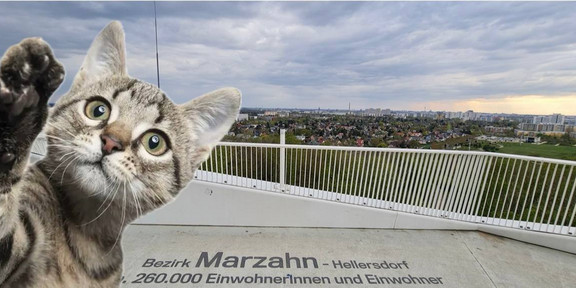Walking interviews in Marzahn, Berlin

Liudmila Slivinskaya has conducted a round of walking and photo-elicitation interviews with long-term residents of the Marzahn housing estate in Berlin, Germany, as part of her doctoral research project titled “The role of perceived spatial extent and affordances in place-making: evidence from prefabricated housing estates”. In her research, Liudmila looks into how people create and experience places in large prefabricated housing estates, and how this affects the way they perceive open space and physical settings of their immediate residential surroundings from a humanistic-geographical perspective. In humanistic geography place is defined as any location imbued with human meaning, emotional attachment, sense of identity, belonging, memories, and other personal and collective notions that relate and attach us to the surroundings we live in or visit. Marzahn is one of the largest housing estates in Europe built in several stages starting in the 1970s on the eastern side of Berlin and currently being home to over 118 714 residents with a total area of 19.54 km².
Liudmila has reached out to residents, various local initiatives, cultural organizations and communities based and active in Marzahn to engage participants and share the invitation to take part in interviews. Among them, Liudmila presented her research at the premiere of an illustrated book “Wir Marzahner” by Danish photographer Asger Hunov – a collective portrait of over 50 residents and local communities of Marzahn, held in the Mark Twain District Library of Marzahn.
Within her field work, Liudmila met various people with different backgrounds and recorded 24 places in Marzahn shared with her by interview participants, from some of Marzahn’s most visited public spaces to deeply personal hidden gems off the beaten paths. Together with the participants, Liudmila visited each place, gathering visual, perceived and subjective portraits of locales as conveyed to her by the participants. The resulting rich qualitative and visual data supports Liudmila’s research endeavour towards empirical investigation of the links between spatial and physical settings of places and our meaningful relations with space in the city.

